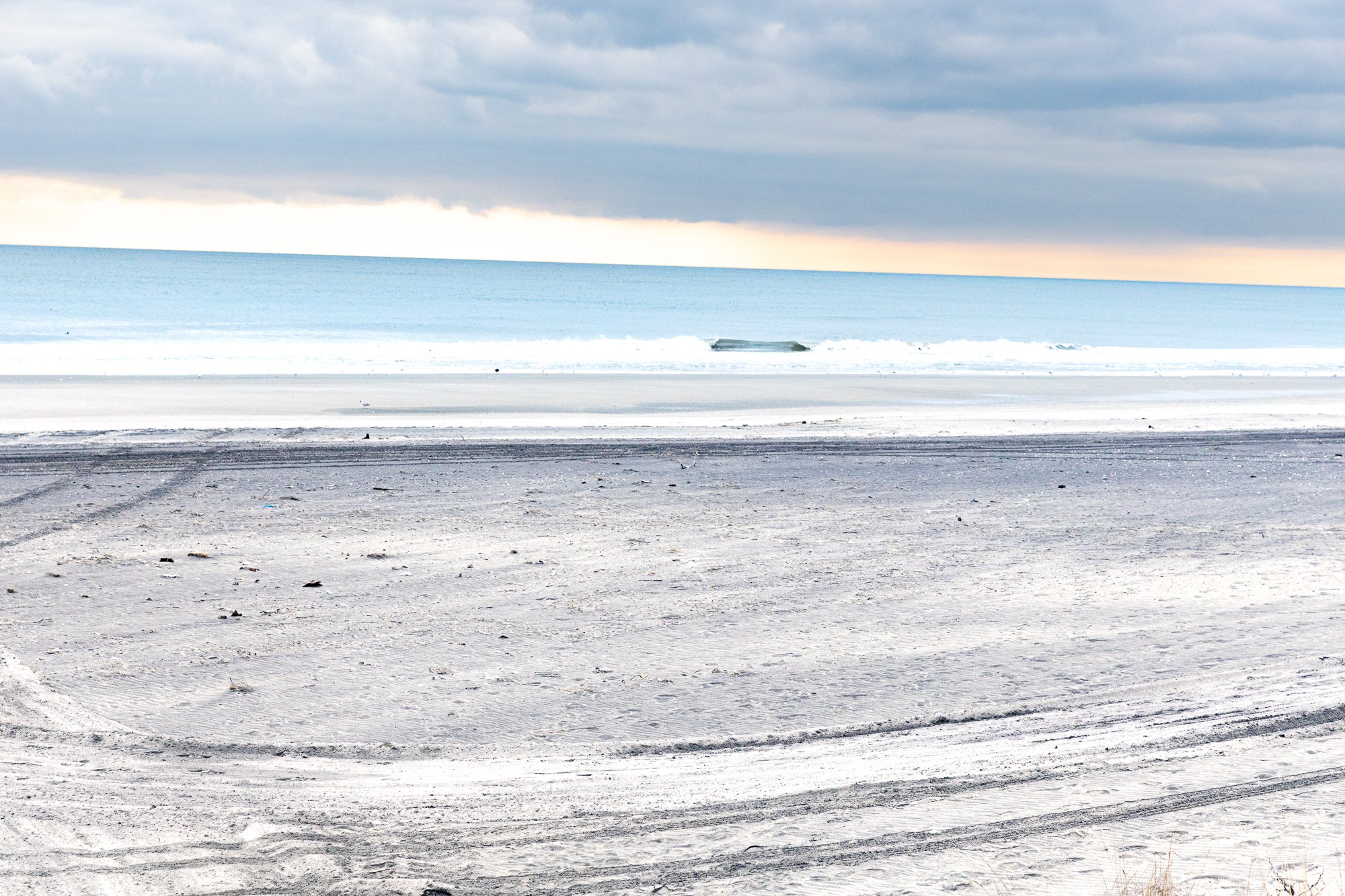RAW vs JPEG | Bergen County Photographer
A lot of people ask if it is better to shoot RAW or JPEG and what the difference is. Most DSLR and mirrorless cameras allow you to shoot either on RAW, JPEG or both. Understanding what exactly each file format is and what they mean to postproduction is really important so you can make an informed decision when setting your camera.
Sometimes referred as digital negative, a RAW file captures uncompressed data from your camera sensor. It represents what your camera’s sensor recorded at the moment you took the shot. RAW files are very large as they contain a lot of information. They are not compressed at all.
Unlike RAW, JPEGs are compressed. All the information contained in a RAW file is now compressed in a smaller package. JPEG is a completely finished image. The camera fully develops and compresses it when you take the shot.
Most professional photographers shoot RAW because it gives them more information to work with during postproduction. Photo editing in software such as Lightroom is nondestructive, and it means you can export your files to JPEG (among other types of file format) without losing the original RAW file.
JPEG is a finished file and because of that if you try to pull up shadows or bring down highlights, for example it could result in banding and posterization. It is also a good idea to set the white balance ion camera. JPEG does not have enough information to allow the editing software to change it. The image’s white balance is already balanced.
As usual, with photography you need to understand your tools and make them work for you. RAW will give you more information to work with, but it will take more time to have a finished image. JPEG will give you images ready to use out of the box and is a good option when you are pressed for time.
Winter Beach © Flavia Markiewicz
Original Image captured in RAW
Winter Beach © Flavia Markiewicz
After exposure adjustments

